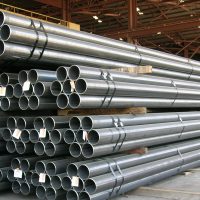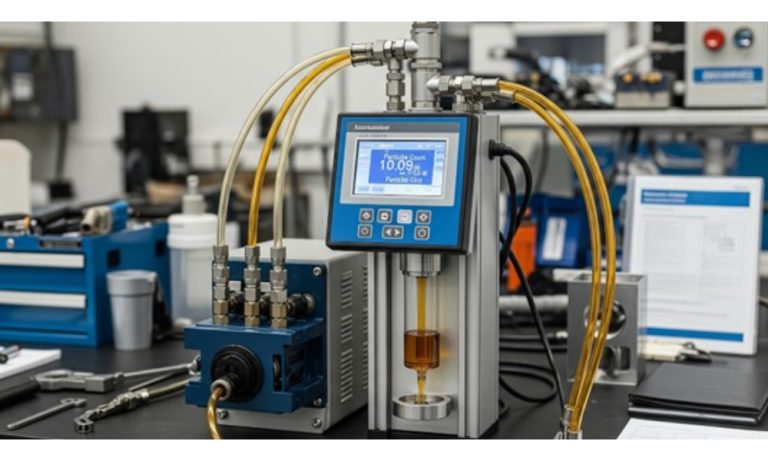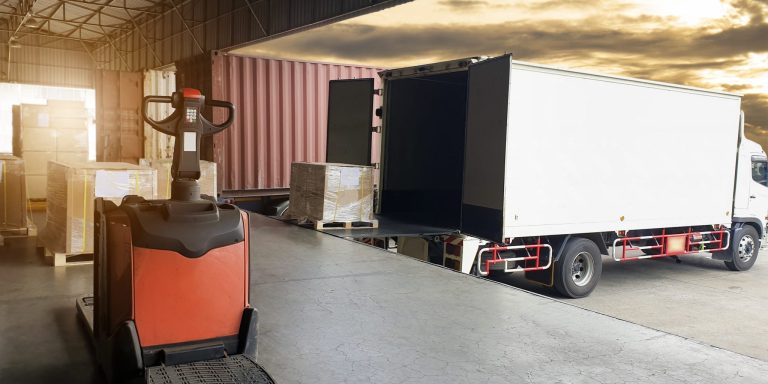Titanium 6AL-4V: The Industrial Powerhouse
The composition of Titanium 6AL-4V primarily includes titanium, alloyed with 6% Aluminum and 4% Vanadium. This specific formulation gives rise to its alternate name, Ti-6Al-4V. Aluminum contributes to the alloy’s strength and ability to withstand high temperatures, while Vanadium enhances its hardness and resistance to fatigue. These properties collectively make Titanium 6AL-4V not just an industrial material but a symbol of the pinnacle of material science.
The journey of Titanium 6AL-4V from its raw state to its application in cutting-edge technology is a story of precision, innovation, and relentless pursuit of excellence. Its versatility is unmatched, whether it’s used in the intricate components of aerospace engines, the demanding environment of marine structures, or the precise and biocompatible requirements of medical implants. It is this adaptability and strength that makes Titanium 6AL-4V a cornerstone in the quest for advanced, durable, and reliable materials in various demanding applications.
What Makes Up Titanium 6AL-4V?
At its core, Titanium 6AL-4V is an alpha-beta titanium alloy, which means it contains both alpha and beta phase stabilizers. The alpha stabilizers, primarily aluminum, enhance the alloy’s strength at elevated temperatures. On the other hand, Vanadium serves as a beta stabilizer, improving ductility and resistance to fatigue and wear. This dual-phase nature allows for a unique combination of properties rarely found in other materials.
The alloy’s chemical composition is meticulously balanced. Typically, it contains 90% titanium, 6% aluminum, and 4% vanadium, with trace amounts of iron and oxygen. This precise combination is crucial in achieving the desired mechanical properties. The low density of titanium coupled with the strength-enhancing characteristics of aluminum and vanadium results in an alloy that is approximately 40% lighter than steel but with comparable, if not superior, strength. Another notable aspect of Titanium 6AL-4V is its remarkable corrosion resistance. The mechanical properties of Titanium 6AL-4V also deserve mention.
Key Characteristics of 6AL-4V
Titanium 6AL-4V demonstrates remarkable fatigue resistance. This quality is particularly important in applications where the material is subjected to repeated loading and unloading cycles. For example, in the aerospace industry, aircraft components made of this alloy can endure the repetitive stresses of takeoffs, landings, and flight maneuvers without succumbing to fatigue cracks. This resistance extends the life of components, thereby enhancing the safety and reliability of the aircraft.
Corrosion Resistance of Titanium 6AL-4V
The corrosion resistance of Titanium 6AL-4V is one of its most celebrated features, setting it apart from many other structural materials. This resistance is inherently linked to the material’s unique chemistry and atomic structure.
The titanium passive oxide film primarily composed of titanium dioxide (TiO2), is highly resistant to corrosion and protects the underlying metal from further oxidative attack.
This passive layer is remarkably self-healing. If the oxide film is mechanically damaged or disrupted, it can spontaneously reform in the presence of oxygen, thus restoring the protective barrier.
The Lightweight Advantage
The low density and high strength of Titanium 6AL-4V, often referred to as Grade 5 titanium, provide a significant lightweight advantage, a critical factor in various industrial applications. This advantage is particularly evident when comparing Titanium 6AL-4V to traditional materials like steel or aluminum alloys. Despite its lightness, Titanium 6AL-4V does not compromise on strength, offering a strength-to-weight ratio that is significantly superior to most metals.
In the field of sports equipment, the weight advantage of Titanium 6AL-4V is equally valuable. From golf clubs to bicycle frames, the use of this titanium alloy enhances performance by reducing the overall weight of the equipment, thereby allowing for greater speed, agility, and endurance.
Titanium 6AL-4V in the Skies
The aerospace industry represents one of the most significant sectors for the application of Titanium 6AL-4V, where its attributes are not just advantageous but often essential. The alloy’s exceptional strength-to-weight ratio, corrosion resistance, and ability to withstand high temperatures make it an ideal material for various aerospace components.
In aircraft design and manufacturing, weight is a critical factor. Reducing the weight of an aircraft leads to improved fuel efficiency, greater range, and higher payload capacity. Titanium 6AL-4V is extensively used in critical structural components such as engine parts, landing gear, and airframe structures. Its ability to maintain strength at high temperatures is particularly valuable in engine components, where it helps to enhance performance and reliability.
Furthermore, the corrosion resistance of Titanium 6AL-4V is crucial in the aerospace industry. Aircraft are often exposed to harsh environmental conditions, including varying temperatures and corrosive atmospheres. The resilience of Titanium 6AL-4V ensures the longevity and integrity of components even in these challenging conditions.
Titanium 6AL-4V in Healthcare Innovations
The biocompatibility of Titanium 6AL-4V is perhaps its most significant advantage in medical applications. The compatibility of Titanium 6AL-4V with biological systems ensures that these implants are not only tolerated by the body but can also last for many years without causing adverse reactions.
In addition to biocompatibility, the strength and lightweight nature of Titanium 6AL-4V are crucial in medical applications. The alloy’s high strength-to-weight ratio is particularly beneficial in orthopedic implants, where it provides the necessary support and durability without adding excessive weight. This aspect is vital for patient mobility and comfort.
Moreover, Titanium 6AL-4V’s ability to withstand corrosion is extremely important in the physiological environment, which can be corrosive. Its resistance to corrosion ensures the longevity and integrity of implants, even in the challenging environment of the human body.
Challenges in Machining and Handling
Despite its many advantages, working with Titanium 6AL-4V presents unique challenges, particularly in machining and handling. These challenges stem primarily from the material’s physical and chemical properties.
One of the primary challenges in machining Titanium 6AL-4V is its high strength and toughness, which can lead to significant wear on cutting tools. The material’s toughness, while advantageous in its applications, can cause difficulties during machining, as it tends to cause tool chatter and premature tool failure. This necessitates the use of specialized cutting tools and machining techniques to effectively and efficiently work with the alloy.
Titanium 6AL-4V’s chemical reactivity, particularly at high temperatures, poses another challenge. It has a tendency to react with tool materials and atmospheric gases at elevated temperatures, which can lead to issues such as galling and welding to the cutting tool. This requires careful control of the machining environment and the use of appropriate tool coatings.
In conclusion, while Titanium 6AL-4V offers unparalleled benefits in various industries, especially healthcare, the challenges in machining and handling this advanced material require specialized techniques, tools, and safety protocols. The successful overcoming of these challenges, however, only further underscores the material’s value and indispensability in cutting-edge applications.















